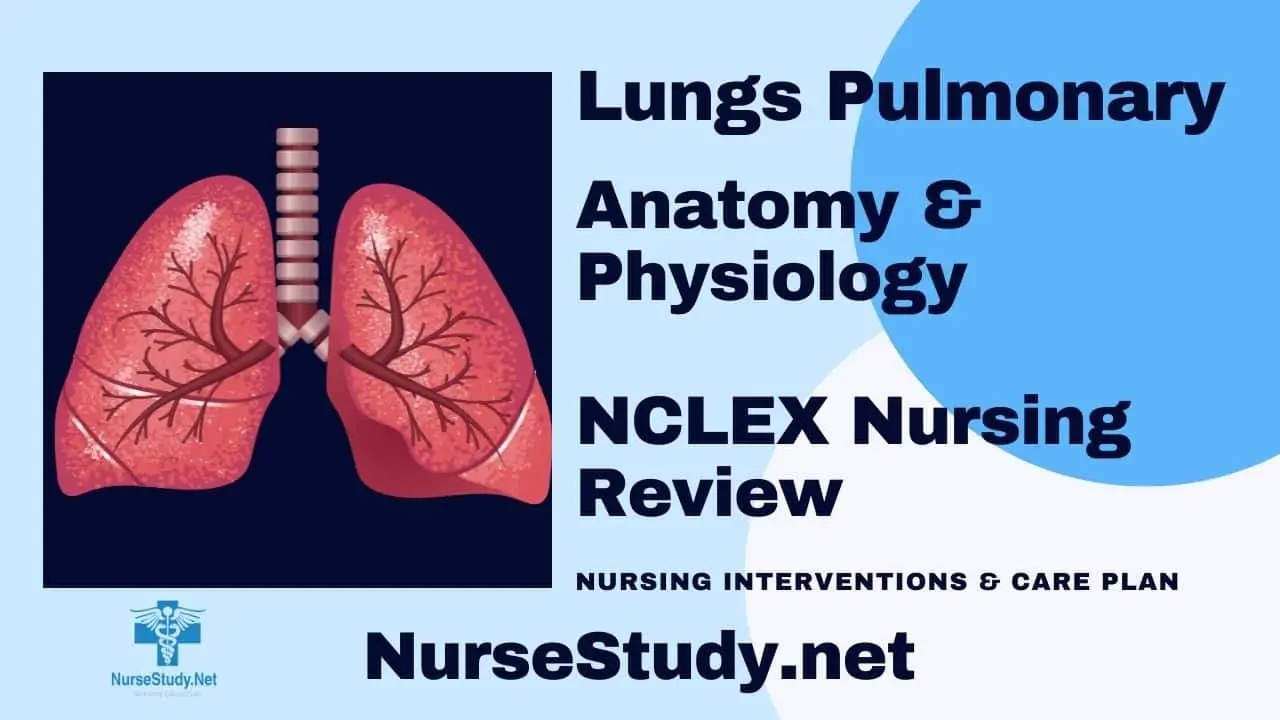The respiratory system is a complex network of organs and tissues that work together to facilitate breathing and gas exchange in the human body. This vital system enables oxygen intake and carbon dioxide removal, supporting every cell’s metabolic needs while maintaining the body’s acid-base balance.
Key Takeaways
Understanding respiratory anatomy and physiology is crucial because:
- The system enables essential gas exchange for cellular function
- It maintains proper oxygen and carbon dioxide levels in the body
- Multiple organs work together in a coordinated manner
- The system plays a vital role in maintaining pH balance
- Various protective mechanisms keep airways clear of harmful substances
Anatomical Structure
Upper Respiratory Tract
The upper respiratory tract consists of several specialized structures:
Nose and Nasal Cavity
The nose is the primary airway entrance, filtering, warming, and humidifying incoming air. The nasal cavity contains specialized tissue with numerous blood vessels and mucus-producing cells that condition inhaled air before it reaches the lungs.
Pharynx and Larynx
The pharynx (throat) connects the nasal cavity to the larynx (voice box). The larynx houses the vocal cords and prevents food and liquid from entering the airways during swallowing through the epiglottis.
Lower Respiratory Tract
Trachea
The trachea (windpipe) is a flexible tube reinforced with C-shaped cartilage rings. It divides into two main bronchi, establishing the beginning of the bronchial tree.
Bronchi and Bronchioles
The bronchi divide into increasingly smaller branches called bronchioles, forming an extensive network of airways. These structures are lined with ciliated epithelium and mucus-producing cells that trap and remove inhaled particles.
Lungs and Alveoli
The lungs contain millions of tiny air sacs called alveoli, where gas exchange occurs. Each alveolus is surrounded by a network of capillaries, allowing for efficient oxygen and carbon dioxide transfer between air and blood.
Physiological Functions
Gas Exchange Process
The primary function of the respiratory system involves two main processes:
- External Respiration
Oxygen moves from the alveoli into the bloodstream, while carbon dioxide moves from the blood into the alveoli. This process occurs through simple diffusion across the respiratory membrane. - Internal Respiration
At the tissue level, oxygen diffuses from the blood into cells while carbon dioxide moves into the blood. This exchange is essential for cellular metabolism.
Breathing Mechanics
Inspiration (Inhalation)
During inspiration, the diaphragm contracts and moves downward while external intercostal muscles lift the rib cage. This action increases the thoracic cavity volume, creating negative pressure that draws air into the lungs.
Expiration (Exhalation)
Expiration is typically passive when the diaphragm and external intercostal muscles relax. This decreases thoracic cavity volume, pushing air out of the lungs.
Protective Mechanisms
The respiratory system employs several defense mechanisms:
- Mucus Production: Traps inhaled particles and pathogens
- Ciliary Action: Moves trapped particles toward the throat for removal
- Cough Reflex: Forcefully expels irritants from the airways
- Sneeze Reflex: Clears the nasal passages of irritants
Clinical Significance
Understanding respiratory anatomy and physiology is crucial for:
- Diagnosing and treating respiratory disorders
- Implementing effective respiratory therapy
- Managing mechanical ventilation
- Optimizing patient outcomes in critical care
References
- West, J. B., & Luks, A. M. (2021). West’s Respiratory Physiology: The Essentials (11th ed.). Wolters Kluwer.
- Levitzky, M. G. (2018). Pulmonary Physiology (9th ed.). McGraw Hill Professional.
- Hlastala, M. P., & Berger, A. J. (2021). Physiology of Respiration (3rd ed.). Oxford University Press.
- Widmaier, E. P., Raff, H., & Strang, K. T. (2019). Vander’s Human Physiology: The Mechanisms of Body Function (15th ed.). McGraw Hill.
This article is for educational purposes only and should not be used as a substitute for medical advice.
